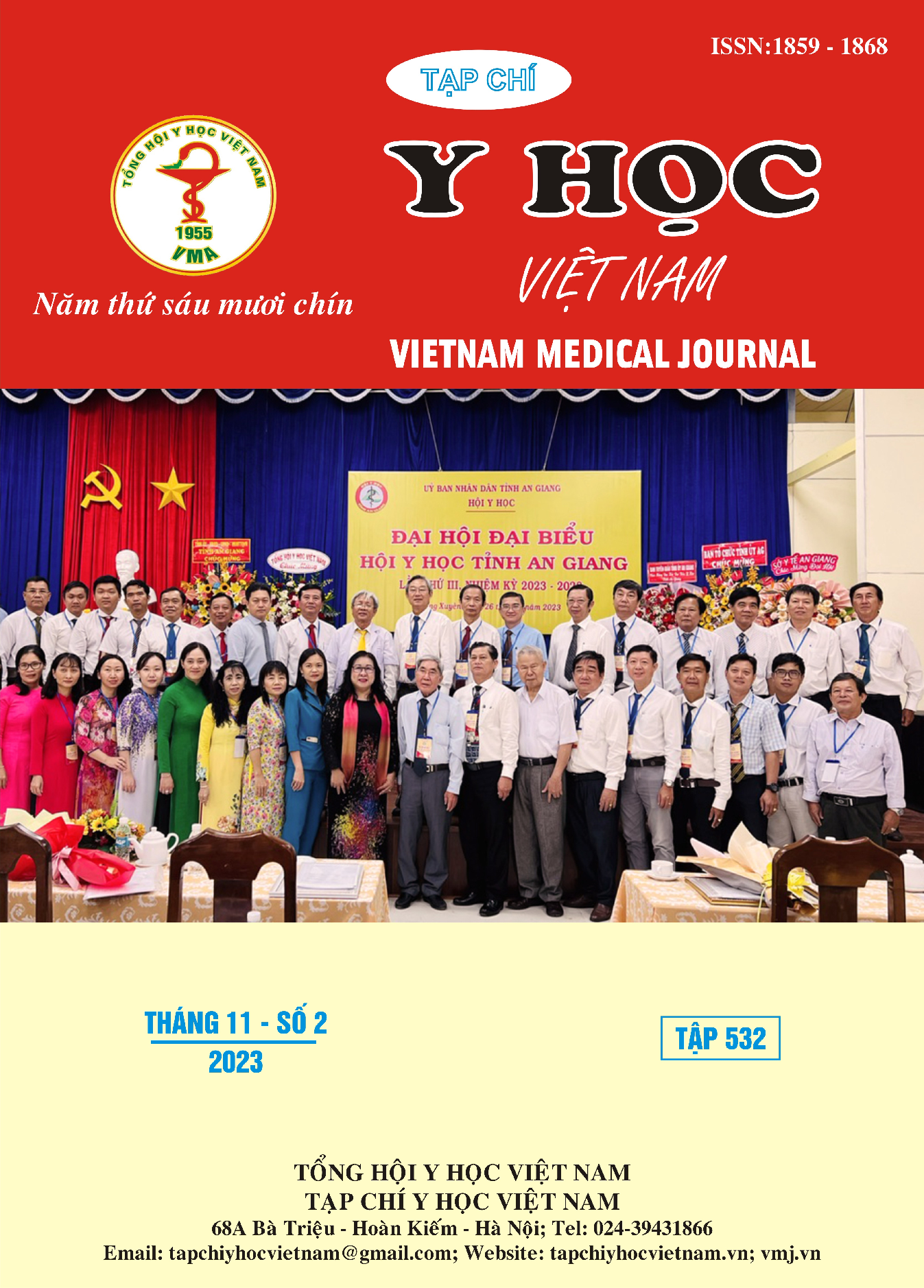CEPHALOMETRIC CHARACTERISTICS OF ANTERIOR DEEPBITE PATIENTS
Main Article Content
Abstract
Objectives: The aim of this study was to evaluate skeletal and dentoalveolar features in patients with deep bite malocclusion. Subjects and methods: Lateral cephalograms of deep bite (n=84) subjects were used to evaluate skeletal and dentoalveolar variables. Results: 53 subjects (63,1%) had Class II skeletal malocclusion. Gonial angle decreased (119,5°±7,1), maxillary plane angle increased (9,7°±4,1), ratio UAFH/LAFH (0,82±0,08) and PFH/AFH (67,4%±5,7) increased. Conclusion: Reduced gonial angle and the clockwise rotation of maxilla were dominant features of deep bite malocclusion. Facial profile of patients with deep bite malocclusion was not harmonious.
Article Details
Keywords
Deepbite, Cephalometrics
References
2. Ceylan I, Eröz UB. The effects of overbite on the maxillary and mandibular morphology. Angle Orthod. 2001;71(2):110-115. doi:10.1043/0003- 3219(2001)071<0110:TEOOOT>2.0.CO;2
3. El-Dawlatly MM, Fayed MMS, Mostafa YA. Deep overbite malocclusion: analysis of the underlying components. Am J Orthod Dentofacial Orthop. 2012;142(4): 473-480. doi: 10.1016/ j.ajodo.2012.04.020
4. Beckmann SH, Kuitert RB, Prahl-Andersen B, Segner D, The RP, Tuinzing DB. Alveolar and skeletal dimensions associated with lower face height. Am J Orthod Dentofacial Orthop. 1998;113(5): 498-506. doi: 10.1016/ s0889-5406 (98)70260-4
5. Sangcharearn Y, Ho C. Effect of Incisor Angulation on Overjet and Overbite in Class II Camouflage Treatment. A typodont study. Angle Orthod. 2007;77(6): 1011-1018. doi: 10.2319/ 111206-460.1
6. Fattahi H, Pakshir H, Afzali Baghdadabadi N, Shahian Jahromi S. Skeletal and dentoalveolar features in patients with deep overbite malocclusion. J Dent (Tehran). 2014;11(6):629-638.
7. Noroozi H. A simple method of determining the bite-opening effect of posterior extrusion. J Clin Orthod. 1999;33(12):712-714.
8. Ng J, Major PW, Heo G, Flores-Mir C. True incisor intrusion attained during orthodontic treatment: a systematic review and meta-analysis. Am J Orthod Dentofacial Orthop. 2005;128(2): 212-219. doi:10.1016/j.ajodo.2004.04.025


